Historical Development of Yungang Grottoes
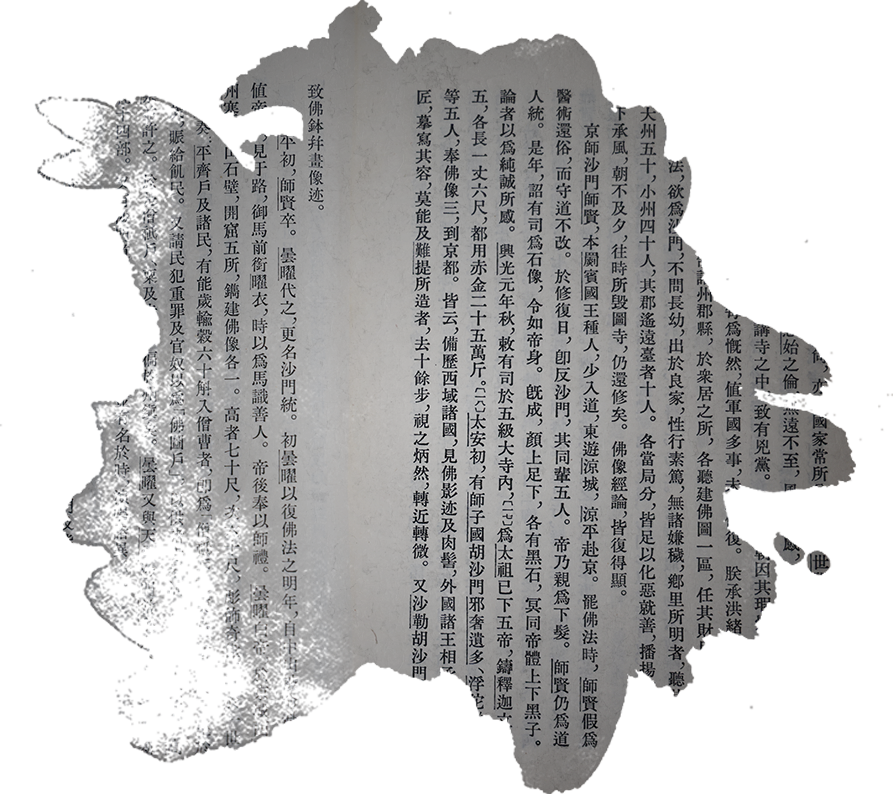
Yungang in the Northern Wei Dynasty
In ancient times under the jurisdiction of Yanmen Prefecture, Datong was named Ping Cheng. Ping Cheng nestled between the outer and inner Great Walls and Fort Wuzhou (presently the old city of Zuoyun). It had a strategic importance as the northern gateway to Central China since it guarded access between the Han Chinese and ethnic minority groups such as the Huns and Xianbei. Ping Cheng was also an international metropolis at the east end of the Silk Road and the base for Tuobao tribe of Xianbei group after their capital was moved to the area in 398 A.D. It took the emperors Daowu, Mingyuan and Taiwu of Northern Wei Dynasty 66 years to control and unify the Northern part of China. Ping Cheng served as the Capital city of Northern Wei Dynasty and was the political, economic and cultural center for 96 years from 398 A.D. Great progress was made in the country when Ping Cheng served as its Capital. Yungang Grottoes were part of that progress. It was a huge project initiated and supported by the Northern Wei Dynasty to disseminate Buddhism and spread its popularity. In 494 A.D. the Capital was moved to Luoyang by emperor Xiaowen. The six decades from 460 A.D. to 524 A.D. witnessed the completion of statues at major caves in Yungang Grottes. In 460 A.D., after the advice of the eminent monk Tan Yao, emperor Wencheng gave instructions to excavate five caves in Wuzhou Mountain and build Buddhist statues there. The five caves by Tanyao are numbered 16 to 20.
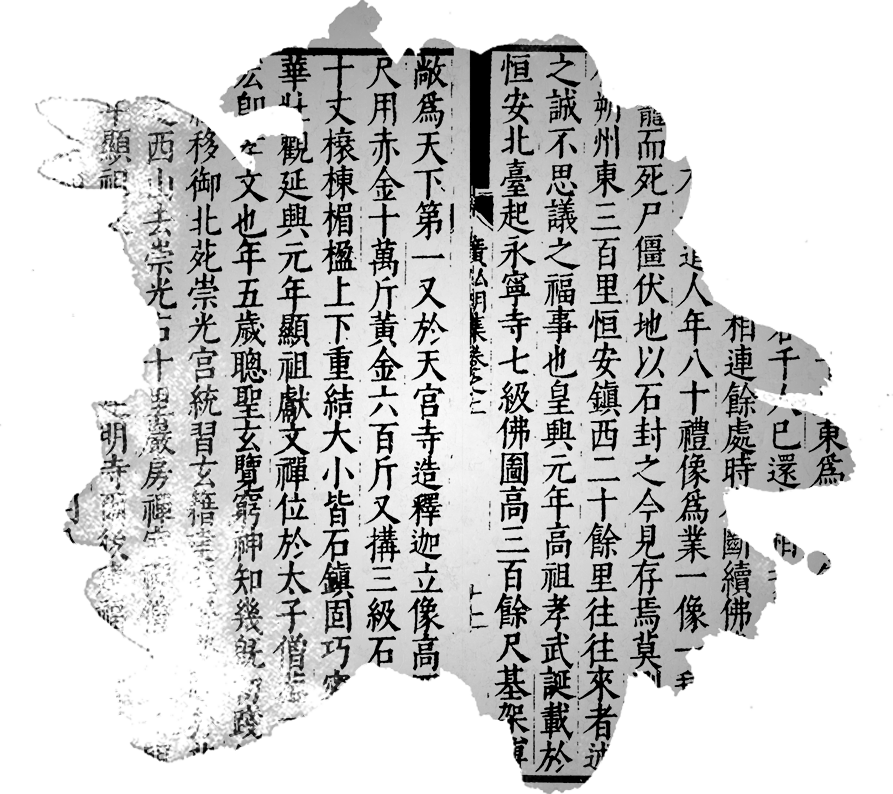
Yungang in Tang Dynasty
After the Northern Wei Dynasty, although HengAn town or Hengzhou was set up in Pingcheng from the Northern Qi Dynasty to the Sui Dynasty, there was no record of Yungang. This situation did not change until the early Tang Dynasty. According to the inscriptions and literature records, we can know that Yungang in Tang Dynasty is as follows: 1. Reconstruction after Zhenguan moved to Yunzhong to govern Heng'an town. In 640, Zhenguan moved to Yunzhong to govern Heng'an town. Yuanhe county annals Volume 1: Yunzhou in the east of the fourth river: "in the 14th year of Zhenguan, Xiangcheng moved to Yunzhou and Dingxiang County was defined from the north of Shuozhou.". "New Tang Shu" Volume 39 "geography" 3: "Yunzhou Yunzhong County, the lower governor's office, Zhenguan 14 years from Shuozhou North Dingxiang city moved to rule Dingxiang County In the cloud, in the middle, HengAn town in the cloud of Mayi county. Wude first year (618) home beihengzhou, seven years (624) waste. In the 14th year of Zhenguan's restoration, it was called Dingxiang County. The next year, as the inscription says, the minister rebuilt the grotto temple. 2、 Yungang in the Tang Dynasty is similar to today's, but there are still steles in the East that were managed by Yungang in the Northern Wei Dynasty. After the 15-year reconstruction of Zhenguan, they seem to have attracted the attention of Buddhists in Guanzhong. Therefore, daoxuan, a famous lawyer at that time, repeatedly described the deeds of Yungang. The annotation of daoxuan in the book of Wei · Shi Lao Zhi, Volume 2 of guanghongming collection, says: "it's said by those who see it now that the valley is more than 30 Li deep Each stone is carved into niches, which can accommodate thousands of people. Those who have returned are next to each other. The stone cliff is seven Li in the middle, which is extremely high and steep. The niches are connected with each other. The rest of the niches are intermittent. The number of Buddha statues is similar to today's situation. Zhong Qili refers to the section from the east of cave 1 to the west of cave 39. In the east of cave 5, there are many small caves carved on the cliff. It is said that the bone cave is the place where the corpse is sealed. It seems that it is also related to daoxuan's record that "there is a Taoist who is 80 years old and worships the statue. As for the middle niche, he died, and the corpse was frozen on the ground. If he was sealed with stone, he could see the existence today, and the unpredictable times.". The biography of tanyao, the first volume of the biography of eminent monks, says: "the northern cliff of Wuzhou Valley There are thousands of people in Dongtou monk temple. The stele remains, but Chen Wei has not died. This tablet can also be seen in volume 4 of the internal records of the Tang Dynasty: "west suburb of Heng'an Gudong stone tablet can be seen here. Ji Qi's achievements can't be counted. It is said in the stele that since the state of Wei unified the wealth and Fu and formed a stone niche, its rules are grand and far-reaching, so its miraculous work is immortal after a long time. ". Because I know that in addition to the hearsay at that time, the records in xuansanshu are still based on the steles of Wei Dynasty. This monument is not only in Dongtou monk temple, but also in Gudong. It has nothing to do with the remnant steles in front of cave 7 and cave 8. It is suspected that it is in cave 3, which is supposed to be near Lingyan in ten temples. As for the lost time of the monument, it is impossible to find out. The records in Volume 6 of Kaiyuan Shijiao Lu and volume 9 of Zhenyuan Xinding Shijiao catalogue are all recorded according to the biography of continued eminent monks, and there is no new news. 3、 The time for the restoration of Yungang Stone Statues and the statue in the back room of cave 3 in the early Tang Dynasty There are three stone rooms nearby In the last three years of Xianheng (672), Zen master Yan established himself here Just like this Shuozhou people, unknown clan, 17 monks He was pure and painstaking. He was only one person to the north of the Department. Every time I repair the old statue of Xiaowen Grottoes in Heng'an The fourth year of Xianheng (673) ended in Shishi. " It can be seen from this that the Buddha statues in the grottoes were repaired in the early Tang Dynasty. According to the form and style of Yungang Grottoes, they were carved after the Northern Wei Dynasty and before the Liao and Jin Dynasties. There are only the leaning statue in cave 3 and the Bodhisattvas on both sides of the statue. However, most of these statues are Sui statues. However, there is no record of reconstruction in Yungang in the Sui Dynasty, and Heng'an was abandoned for a long time, and its place has been reduced to a small town (Heng'an town) in Yunnei county It seems that there is no condition for the restoration of the statue as high as cave 3, which is more than 30 feet high. Therefore, according to the inscriptions, we suspect that it is better to assume the early Tang Dynasty than Sui Dynasty.
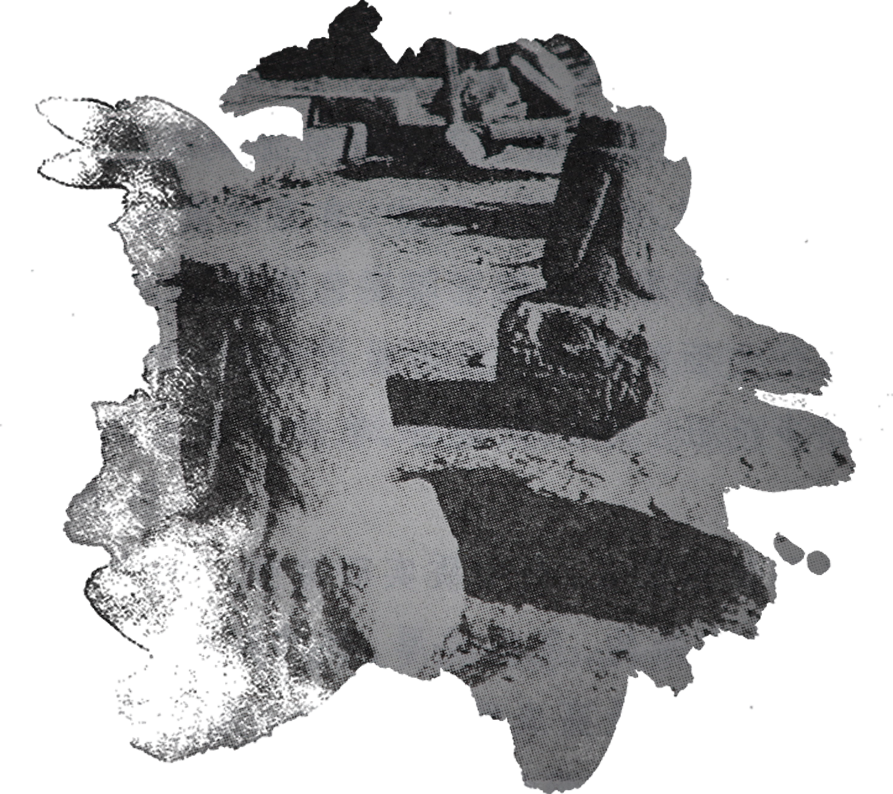
Yungang in Liao Dynasty
According to the investigation and cleaning up in recent years and the excavation of Japanese during the Anti Japanese War, we gradually know that the great project in Yungang in Liao Dynasty is in line with the repeated renovations recorded in the inscriptions in the 18th year of Chongxi reign (1049), the 6th year of Qingning reign (1060), the 5th year of Xianyong reign (1069), the 5th year of shouchang reign (1099) and the 10th year of Tianqing reign of emperor Tianzuo (1120). At that time, the project started from Guanyintang and foziwan in the east of Yungang and ended at Jiaoshan Temple 30 Li west of Yungang. The contents of the project include: 1. The construction of the temple. 1. The construction of Guanyin hall and foziwan. Volume 15 of Qianlong Datong Fu Zhi: "Guanyin hall, foziwan, fifteen miles west of Fu Cheng, was built in 1037. In the third year of Xuande (1428) of Ming Dynasty, it was rebuilt in the 35th year of Wanli (1607) In 1649, Jiang Xiangbian was burned, and in 1651, governor Tong Yangliang rebuilt. It was built in the sixth year of the reign of Zhiyun Chongxi, according to the Ming people's inscriptions in Guanyin hall. Now there is still a statue of Guanyin carved in Liao Dynasty in Guanyin hall, and there are a lot of gouwen bricks in Guanyin hall and its vicinity. All these deeds can confirm the records of Fu Zhi. On the stone cliff in the west of Guanyintang, there is a double hook "Buddha" with a diameter of more than Zhang, which is also a relic of Liao Dynasty. 2. Construction in front of Yungang Grottoes the location of the ten temples of the Liao Dynasty has been largely confirmed by recent discoveries: (a) in 1933, when the Yungang villa was built, a stone foundation of the Liao Dynasty was found on the west side of the front of cave 5; (b) when the Yungang villa was built, a stone foundation of the Liao Dynasty was found on the west side of the front of cave 5 During the Anti Japanese War, the Japanese dug out Liao Dynasty square tiles, gouwen tiles, animal face tiles, Jialing Pinjia tiles, Zhiwen board tiles and ceramic tiles under the ground in front of cave 8, cave 9, cave 11, cave 12, cave 13 and tanyao cave 5; and dug out Liao Dynasty animal face tiles, Zhiwen board tiles, ceramic tiles and residual iron wares in the dragon temple between cave 5 and Cave 4; (c) In 1953, the Yungang historical site maintenance office also found Liao Dynasty bricks and tiles on the ground outside the cave to the west of cave 16. One of the most important things was the discovery of a section of brick masonry short wall on the destroyed stone wall to the east of cave 20. The brick of the short wall was the same as the Liao Dynasty gouwen brick on the top of cave 20. In this way, these two brick ruins can connect the beam hole on the backlight of Sakyamuni statue in cave 20 On the one hand, it can be estimated that these holes were chiseled during the installation of wooden buildings in the Liao Dynasty; on the other hand, it seems that the collapse of the top of cave 20 was before the restoration of the Liao people. As a result of the above findings, we can infer that the Liao dynasty built huge wooden buildings in front of these caves (some of which may have inherited the old foundation of the Northern Wei Dynasty), and these huge wooden buildings were connected with the caves. 3. Construction in front of the Luban kiln in 1952, a large number of Liao Dynasty bricks and tiles were found in front of the Luban kiln (two caves excavated in the Northern Wei Dynasty), which shows that Liao people also built temples here. 4. Construction of Jiaoshan temple in 1950, Liao Dynasty gouwen bricks were found on the south slope of Jiaoshan and on the east side of Jiaoshan temple. Liao people not only built them here, but also made clay sculptures on the eroded Buddha statues in the caves of Northern Wei Dynasty. The statues of Sakyamuni in the East cave on the second floor of the temple still have the stone green color commonly seen in the Five Dynasties and Northern Song Dynasty. 2、 The restoration of statues in Yungang Grottoes in the Liao Dynasty is also very large. On the lower part of the south wall of cave 13, the characters of "Khitan" and "Yelu" are engraved on the niche, and the sentence "repair 1876 statues" is also included. The last year of "Wu Wu" is estimated to be 1078 A.D., that is, the fourth year of Taikang of Liao daozong (according to this, it was destroyed during the Anti Japanese War). According to the observation of the existing relics, we know that some of the Yungang statues were decorated in the Liao Dynasty. Some of them were clay sculptures on the outside of the denuded statues, and some were made up of blank stone walls. The former had a large number of statues, such as the sitting statue of Sakyamuni on the east wall of cave 37 and the last two statues of seven Buddhas on the west wall of cave 11. The latter is less, such as the left and right flanks in the south of the central pillar of cave 11. 3、 The decorations of the statues are from the statues to the west of cave 14, which are mostly like the stone green paintings on the Liao sculptures of Jiaoshan temple. This kind of stone green, in the stone green backlight behind the statue of Sakyamuni sitting on the east wall of cave 37, has been directly proved by the times. This is because the backlight flower script is the popular compendium script and long type rhombic script in Liao Dynasty. This kind of flower inscription can also be seen in the backlight of Liao statue Sakya in the Bojia sect collection of xiahuayan temple in Datong City, the Liao Dynasty color painting on the Liang Fang of the seven Buddha Hall of Fengguo temple in Yixian County, Liaoning Province, and the color painting of Shiyang horse behind the East Mausoleum of liaoqing mausoleum in Linxi, Inner Mongolia. 4、 The destruction of Yungang at the end of Liao Dynasty. In 1122, Emperor Tianzuo fled from the central capital to the West and entered the Tiande army through Yungang On the fourteenth day of the first month, (Aguda) rode hard for 300 Li a day and a night until he attacked all of them. From the first day to the middle of the day, he was trapped. In the beginning, it was said that Tianzuo was in the city, and it was broken, but it was known that Tianzuo had heard that he had come, and that he had fled in the middle of the night Nuzhen lost Tianzuo and sent his pursuers out of the Pingdi pine forest (notes in the famous mountains and rivers in the Tibetan world in Volume 16 of the first collection of the general principles of Wujing: "Pingdi pine forest, 40 Li to huaizhou in the East and 700 Li to Youzhou in the southwest"), and also went to yuanyangpo in the west, which was suitable for meeting Tianzuo. Tianzuo was in great embarrassment. He rushed from Yunzhong mansion to Tiande army from Grottoes temple. ". In the second year of Jin Dading (1162), sengsheng studied the book of rebuilding Bojia religion in Tibet, which says: "in the last year of Baoda, when the Dynasty opened orthodoxy, Tianbing was a drum, the capital was in four depressions, and the pavilions and pavilions were in ruins" (this monument is now in the Bojia religion collection of lower Huayan Temple). In 1176, Zhu Bian's stele on the rebuilding of the main hall of dapun temple in Xijing also said: "since ancient times, the name of Dadu PUEN temple in Dajin was dalanruo. After the Liao Dynasty, it was repeatedly burned by beacon fire. The pavilions and halls were piled up with rubble. The only remaining pillars of the temple the day before yesterday were not three or four" (this stele is now in the three gates of Shanhua Temple). This is the case inside the city, and it can be seen outside the city that the grotto temple where Tianzuo fled to the west is no exception. Therefore, the inscription says: "first, the Liao Dynasty was destroyed, the thieves swarmed up, the temple was burned and looted, and the Lingyan pillars were completely destroyed.". The ten temples recorded in the inscriptions were more or less destroyed, and Lingyan suffered the worst.
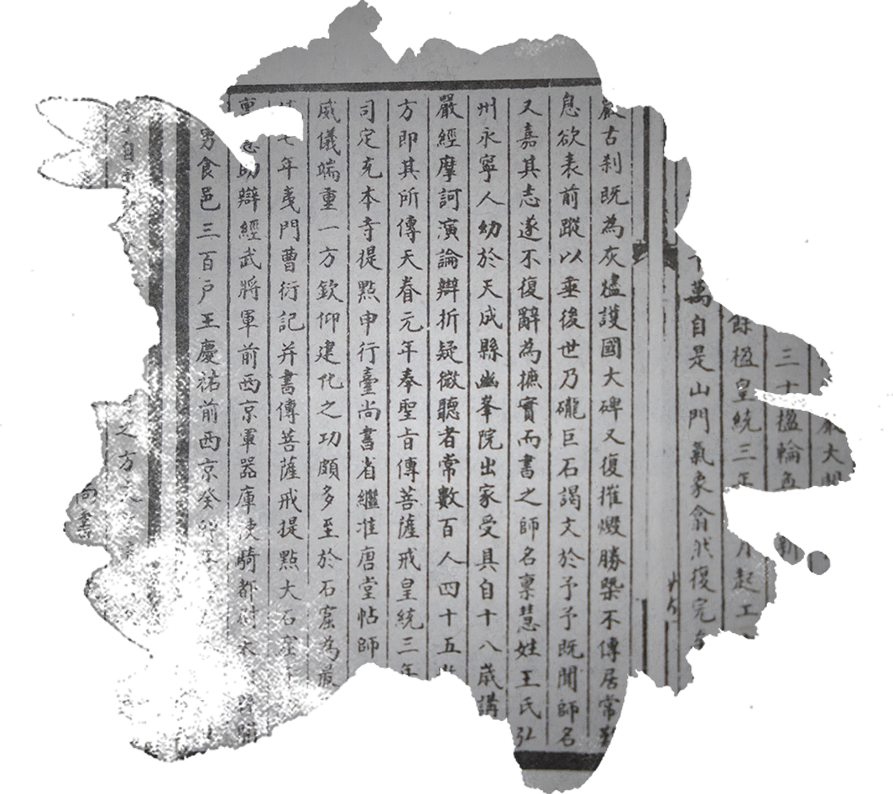
Yungang in Jin Dynasty
1、 At the beginning of Jin Dynasty, the capital Marshal's office was set up and the capital Marshal's office was set up in Xijing In the second year of Tianhui (1124), it was established in Song Dynasty. Xijing road is listed in the same volume of geography records (Volume 24), "the original Hall of Taizu (Anfeng Yurong) was built in the third year of Tianhui (1125)," in the first year of Huangtong (1141), " In the second year of Tiande (1150), it was replaced by the general manager's office of the local capital, and later by the left behind department and the transportation department. " 2、 The protection of Zonghan during the Tianhui period was "the marshal king of Jin", that is, Zonghan (sticky Han) who captured the Hui and Qin emperors of the Northern Song Dynasty. In the sixth year of Han Tianfu's reign (1122, the second year of Liao Baoda's reign), he conquered the western capital of Liaoning Province and stayed there until the fifth year of Tianhui's reign (1127) I have already arrived at Xijing, and Renshen has come to Xijing Yihai's return to Xijing Xinmao returns to Xijing in April In June of the seventh year, Zong Han was the capital Garrison in the clouds. The third volume of the same book, Taizong Ji, says: "on the first day of October in 1125, the third year of Tianhui, all generals were ordered to attack the Song Dynasty Zong Han and deputy marshal Zuo From Xijing to Taiyuan (1126, the fourth year) in March, Yinshu encircled Taiyuan and Zonghan returned to Xijing In August, gengzi ordered Zonghan, the left deputy marshal, and zongwang, the right deputy marshal, to attack the Song Dynasty Geng Xu, Zong Han sent to Xijing (leap November) Guisi, Zonghan to Biancheng, Bingchen, kebiancheng In April of the fifth year, Zong Han and Zong Wang returned to Song Dynasty. " Later, the same book, biography of Zonghan, recorded: "at that time, there were still many bandits in Hedong. Zonghan left his soldiers to garrison Jiahe and returned them to Shanxi In 1128 of the sixth year, Zong Han was regarded as the state, and he was also the marshal of the capital. The fourth volume of the same book, xizongji, says: "in 1135, the 13th year of Tianhui, Zonghan, the marshal of the extremely strong capital of Youbo, was appointed the king of Jin Fifteen years (1137) July Xinsi Zonghan died. In the ninth year of Tianhui (Tianhui), Marshal's office changed the channel, which was also related to Zonghan. The changed river channel is the one where the water of Wuzhou flows from the west of cave 39 to the east around the south of Yungang fort. 3、 From the third to the sixth year of Huangtong (1143-1146), Chenhui restored Lingyan. The Lingyan restored by Chenhui is no longer in existence. It should be located at the site of the destroyed Lingyan. In recent years, during the cleaning and investigation to the west of the Dragon Temple, it has never been found that it is definitely a site or relic of the Jin Dynasty. However, in front of the grottoes to the east of the Dragon Temple, there is only one cave 3 with a large area of flat land, which seems to confirm the inference that Lingyan was in cave 3 since the Tang Dynasty. 4、 It was founded in 1147, the seventh year of Huangtong. This monument still exists at the end of the Yuan Dynasty, so Xiong Zide, the author of Xijin Zhi (Volume 9 of Kangxi Fengcheng county annals), "Xiong Zide, the word mengxiang, is from henggangli. He is erudite and strong in memory, especially in calligraphy. At the end of the Yuan Dynasty, Mao Caiyi was recommended as the head of Bailudong academy, and he was given the promotion of Confucianism in dadulu, and the Minister of Chongwen. I can transcribe the full text. In the fifth volume of the general annals of Shanxi in Chenghua, it is recorded that "it begins with Shenrui and ends with Zhengguang". That is to say, according to this stele, it is also recorded that "the emperor of the Jin Dynasty established the system between the two kingdoms". Although Chenghua and Jiajing annals were copied from the annals of Yunzhong County of Shunzhi in the early Qing Dynasty, we can infer that the deeds of the construction of Jin Dynasty at that time had been lost by deleting the phrase of "emperor tongjianxiu". According to this, we can infer that the abolition of this monument, or the destruction of ten temples at the same time, was after the middle of Ming Dynasty. The fifth volume of Kangxi Shanxi annals: "Wuzhou mountain Wuzhou river water out of Yan, there are Caves temple in the valley, Wei Xiaowen emperor often lucky Yan. There are three tombs of Geng family at the foot of the mountain, and a pagoda was built between the emperors of Jin Dynasty. There is ambition on the top. His father is Guanglu, his son is Yinqing, and sun yuezhaoyong. Although Geng's three tombs have nothing to do with this article, there are few relics of Jin Dynasty in Yungang, so they are attached here.
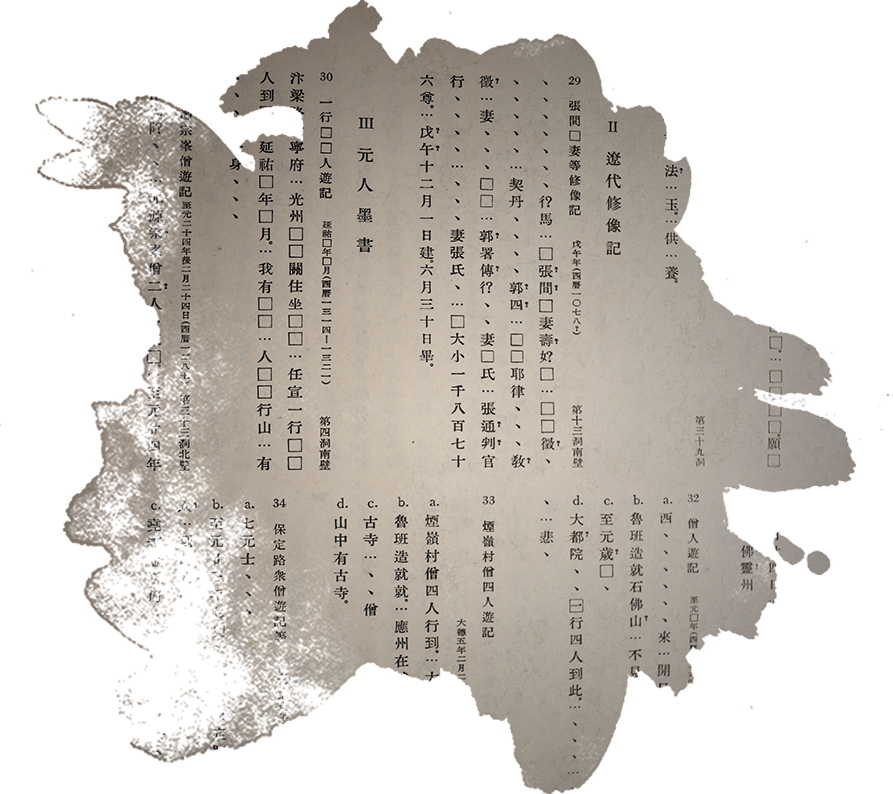
Yungang after Yuan Dynasty
1、 According to Xijing Zhi, the inscription of Lingyan still exists in the end of the Yuan Dynasty, which was quoted under "former Xijing" and followed by "on the 24th of December in guimao year, Yu came from Dongsheng. He was the abbot who stayed in the temple on the day and received Qing Dynasty's offering. The next day he reached Xijiang.". On February 8 of the next year, the herbs were recorded in he Shangshu's Sicheng Dongzhai The inscription was written in 1147, the seventh year of Huangtong, 24 years from guimao, the first year of jintianhui (1123), and 36 years from guimao, the 23rd year of jindading (1183). We know that this passage is not Cao Yan's inscription, but Xiong Zide's travel record, the author of xijinzhi. The guimao should be 1363, the 23rd year of Zhizheng (1363). From the records of this journey, we can see that Xiong Zide personally went to the Lingyan built by Chi Hui on December 24, the 23rd year of Zhizheng reign, and stayed at the abbot of Lingyan to receive the Qing Dynasty's confession. Therefore, we can infer that the Lingyan still existed at the end of the yuan Dynasty. 2、 There are two inscriptions on ink books of Yuan Dynasty in Yungang: one on the south wall of Cave 4 and the other on the north wall of cave 33. The former has Yanyou (1314-1320) chronology, while the latter has Zhiyuan 13 (1276), Zhiyuan 23 (1286), Zhiyuan 24 (1287), Dade 5 (1301) chronology. 3、 The long brick found in front of tanyao Grottoes during the Anti Japanese War, when the Japanese excavated and cleaned up the Grottoes in 1954, they found the long brick ground laid after Liao and Jin Dynasties on the square bricks laid before tanyao grottoes. This rectangular brick floor, we suspect that it is related to the discussion of the middle Ming Dynasty before ten still exist. The ten remaining temples must be repaired, and this long brick is the remains of the ten temples repaired after Liao and Jin Dynasties. As for the time of repair, according to the shape of the brick, it seems that it can't last until after the early Ming Dynasty. 4、 Before the end of the Ming Dynasty, Yungang was reduced to a frontier area in Datong. Yungang seemed to be abandoned again. The ten temples in Yungang, including the Jinyuan Lingyan, were gradually destroyed and even disappeared. Although we can't tell exactly when the destruction took place, we can infer from the extant relics of the Ming Dynasty in Yungang that it took place after the middle of the Ming Dynasty. The existing relics of the Ming Dynasty in Yungang are as follows: 1. The Yungang castle built in 1558 and repaired in 1574 is located in the south of the city. 2. There is an existing stone Buddha Temple in Jiajing 43 (1564) rebuilding Yungang Fort stele. 3. The earth city built in the second year of Wanli is on the hill. Volume 8 of Yongzheng shuoping Fu Zhi: "Yungang fort was built in the 37th year of Jiajing in the Ming Dynasty. It was rebuilt on the hill in the second year of Wanli (1574). It is four minutes high on a Monday, and it is three and five feet high on the female wall. The ground is close to the abdomen, and there is no side wall in charge. Eight fire road piers are set. Today (during Shunzhi period, 1644-1661) the government abolished and merged. " The transcript of Zuoyun County annals of Guangxu collected by Peking University Library Volume 3: "Yungang castle Old and new two castles. The old castle was set up under the cliff, and the Wuwu period of Jiajing (the 37th year of Jiajing) was the same. Because of the enemy in the north, it was proposed to move to Gangshang, the Jiaxu of Wanli. The old are still left to travel, while the new are still built on earth. The women's walls are made of bricks. They are three feet and five feet high, surrounded by one mile and five minutes. 4. In the 19th year of Wanli (1591), the tomb tower of Kaishan ancestors (insert 25) was set up in the northeast corner of Tucheng on the hill. 5. In 1620, wubo and "stone Buddha Temple stele" are still in the ancient stone Buddha Temple. 6. In 1629, the tomb tower of miaoming was set up at the north end of Tucheng on the hill. 7. In 1644, the iron bell of the Great Buddha Temple was cast. It is now in the ancient stone Buddha Temple. Among them, the tomb tower of Kaishan ancestors erected in the 19th year of Wanli is a more obvious indication of the restoration of Yungang temple before the end of Ming Dynasty, while Wu Bo and the stone Buddha Temple stele say: "the pavilion of strange tree yi'n [Hua Hua Hua + Ying] is verdant In Xuanzhong of fangyue, Zhang Gong ordered the wine to be on top of it, which immediately refers to the temple buildings after the restoration of Yungang.
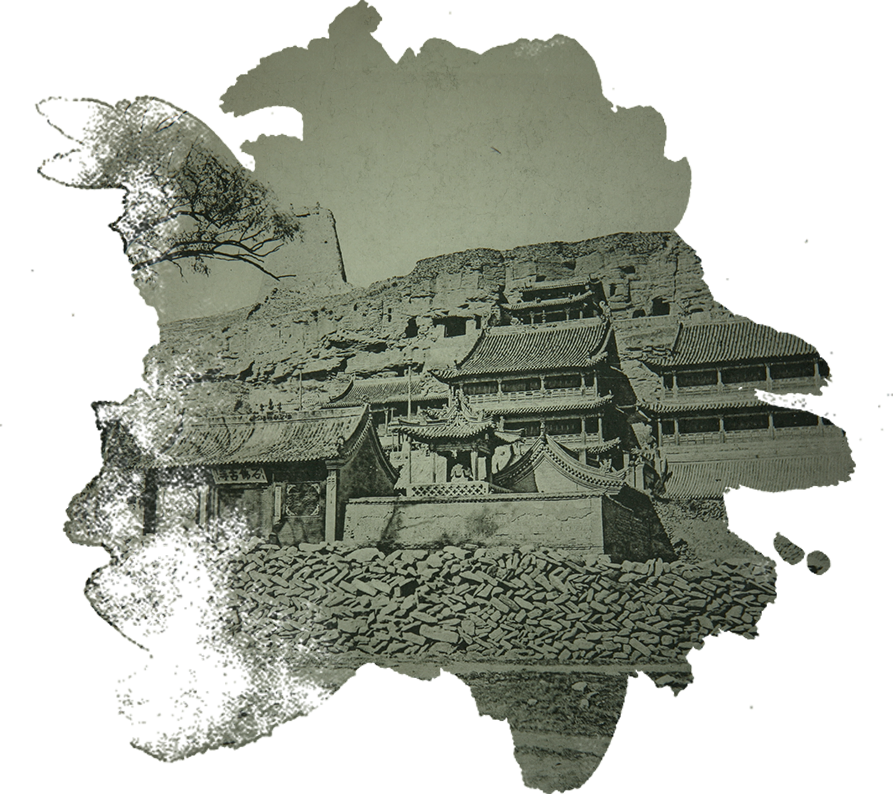
Yungang and the existing ancient stone Buddha Temple in the Ming and Qing Dynasties
In February of 1644, Li Zicheng led the uprising militia to Datong. In March, Zhang Tianlin stayed at Yungang. In May, the local landlord armed forces seduced the Qing soldiers to slaughter Yungang. Yungang Temple restored before the end of Ming Dynasty was destroyed again, so Yungang Stone Buddha Temple was rebuilt from the first year of Shunzhi to the third year of Shunzhi (1644-1646). It is recorded in the inscription of rebuilding Yungang Stone Buddha Temple in volume 10 of Zuoyun County annals of Guangxu: "Yungang took March of Jiashen as the intruder and occupied by Tianxing I didn't carry a mantis arm, but I had thousands of soldiers. On the 10th of May, I conquered it in one fell swoop. I was born and tied to the sky star. Cunzhe was so quick that it was not the light of Ciyun and Huiyue. Because I felt that Buddhism and earth should be pure, so jiugongsuai rebuilt the affairs of Dong Jue It began in 1644 (the 17th year of Chongzhen), and ended in May (the third year of Shunzhi). It ended in two years. (the original stele of "county annals" has been lost. The story of the uprising militia can be seen in volume 12 of "Shunzhi Yunzhong county annals": "in the spring of 1644, the 17th year of Chongzhen, it was difficult to break through, and the puppet soldiers came to the West. On February 29th, the town leader would come down, stay in the city for six days, and kill the Ming clan. On March 6th, the soldiers passed Yanghe, stayed for one night, and left the puppet General Zhang Tian Lin, the star of heaven In the second month of the lunar calendar, when Guowei was shocked to the East, the army and the people of Yanghe made an appointment with the army and the people of Zhencheng, so they killed Tianlin and Zhang heilian, the puppet Chinese army, and restored Datong. It is suspected that this renovation was due to the site of the temple before the end of Ming Dynasty. Five years after the restoration, that is, the eighth year of Shunzhi (1651), the governor Tong Yangliang and others made major repairs In the eighth year of Shunzhi, governor Tong donated a lot of money to repair the temples, pavilions and terraces. The Buddhist temple is magnificent and magnificent, and it is a beautiful place in Yanbei. After the repair, the stele is now in the ancient stone Buddha Temple. The ancient stone Buddha Temple is the Yungang temple which is connected with caves 5 and 6. From the perspective of its architectural form and layout, the Yungang temple, the ancient stone Buddha Temple, was rebuilt and repaired in Shunzhi year. As for the existing five steles in Kangxi 37 (1698), Qianlong 34 (1769), Xianfeng 11 (1861), Tongzhi 12 (1873) and Guangxu 2 (1876) in the temple, there is no scope to add or repair. In other words, there is no great change in the construction of Yungang after Shunzhi.
